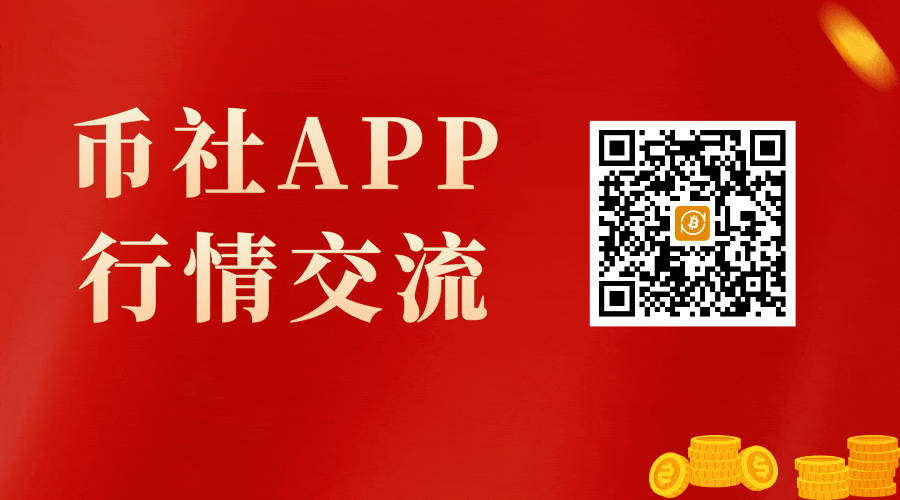[海伦]Web3 寻求更广泛采用的努力因复杂的用户界面而陷入困境

15 多年前,中本聪通过密码学发明了世界上第一个独立管理、自运营的金融系统。 他渴望推动我们所有人进入一场金融复兴,我们老化的金融体系将被一个不利于任何实体或存在的体系所取代。 每周 7 天、每天 24 小时开放且完全透明的金融系统,因此任何人都可以跟踪区块链上的资金流向。
虽然这个价值主张本身就足以从我们的传统金融系统中迁移出来,但中本聪发明区块链和加密货币的最大突破是用户访问该网络的方式: 非托管钱包 。
只需移动设备和互联网连接,任何人都可以安全地查看、发送和接收价值,这是我们距离金融包容性世界最近的一次。
话虽这么说,区块链行业(可以更形象地称为 web3)已经达到了一个拐点,下一波采用可能会通过与过去几代人完全不同的渠道。 换句话说,考虑到下一代用户基本上不具备该技术的相对回报或实用性,只有这么多新进入者有惯性来处理使用 web3 技术的运营难题。 Coinbase 首席执行官 布莱恩·阿姆斯特朗 (Brian Armstrong) 在今年的 All-In 峰会上提到了这一点。
坦率地说,如果我们希望在发现受众中得到更多采用,那么可接受的 web3 用户旅程的市场标准就需要提高。 如果我们希望这些人使用它们,那么与这些用户旅程相关的钱包需要做的不仅仅是保存互联网货币。
为什么它很重要
“web3”一词指的是互联网的第三次迭代,它建立在数字化、可验证的所有权概念之上。 与 web2 范式相反,web3 用户维护并拥有他们的所有信息、金融资产、数字收藏品等,而“大科技”则保留着 web2 宇宙中的这些珍贵信息。
This ownership is achieved through non-custodial wallets where this information is only accessible by the owner of said wallet. The wallet owner can grant ‘read-only’ access to any internet protocol that might want to access the contents of the wallet but again, it’s purely at the discretion of the owner.
In the words of the one and only Gordon Gekko, “The most valuable commodity I know of is information ” and depending on where you live, your willingness to share that information may vary. In the developed world, the average person has the luxury of robust banking and money-transmission services. What’s more, a certain level of implicit trust allows them to feel secure with ‘owning’ nothing.
Sure they’re able to view and access the bank account balance shown on their account but they technically ‘own’ something that’s continuously being lent out in exchange for crumbs. What’s more, users are completely reliant on the good faith of a bank to perform any action they wish to perform. This model is deeply flawed and hardly works here but as you venture into the lesser-developed parts of the world, the overwhelming distrust of traditional banking systems has left much of the population unbanked.
It All Starts With the Wallet
We’ve made significant strides over the last decade and a half when it comes to the development, usage, and adoption of decentralized technologies. Additionally, regulatory clarity and legal recognition from governing bodies worldwide have accelerated as of late with Shanghai, most recently, recognizing Bitcoin as a digital currency. That said, it’s still painfully difficult to access and move value that’s on-chain given the interfaces that connect us to the technology are shockingly underdeveloped in comparison to the sheer size of the industry.
At this present moment, crypto wallets don’t allow you to do anything that you couldn’t otherwise do with traditional banking products. Because transmitting value within this framework is arduous, Bitcoin’s battle to establish itself as a reasonable means of payment has been thwarted. Instead, crypto wallets are more or less an easy way to secure your (way more volatile) funds individually.
Furthermore, it’s never been more difficult to garner the attention of the general consumer. Popular media, short-form content, and, honestly a little bit of ADD have made it excruciatingly difficult for companies to reach target consumers. Because of this, the most successful technologies provide utility that introduces extreme convenience or consolidation in one’s life. Take TikTok for instance — beyond being a means of creative expression, it also serves as a social network and, increasingly, a search engine.
通过服务于多种目的,用户无需从一个平台跳转到另一个平台,这一事实强化了在平台上安装和花费任何时间的价值主张。 到 2023 年,平均 每个人 的手机上安装了大约 80 个应用程序,几乎
是十年前的
两倍。
正因为如此,我们现在正在进入一个科技新时代,新产品和应用程序不仅需要解决问题,还需要带来便利——钱包与此没有什么不同。 这与苹果多年前将手机放入 iPod 中并没有什么不同。
未来
为了释放加密货币的所有潜力,我们必须从头开始创新,并确保不必要的过时用户体验不会妨碍其价值主张。
用戶喜愛的交易所 已有账号登陆后会弹出下载
欧易(OKX)

币安(Binance)
